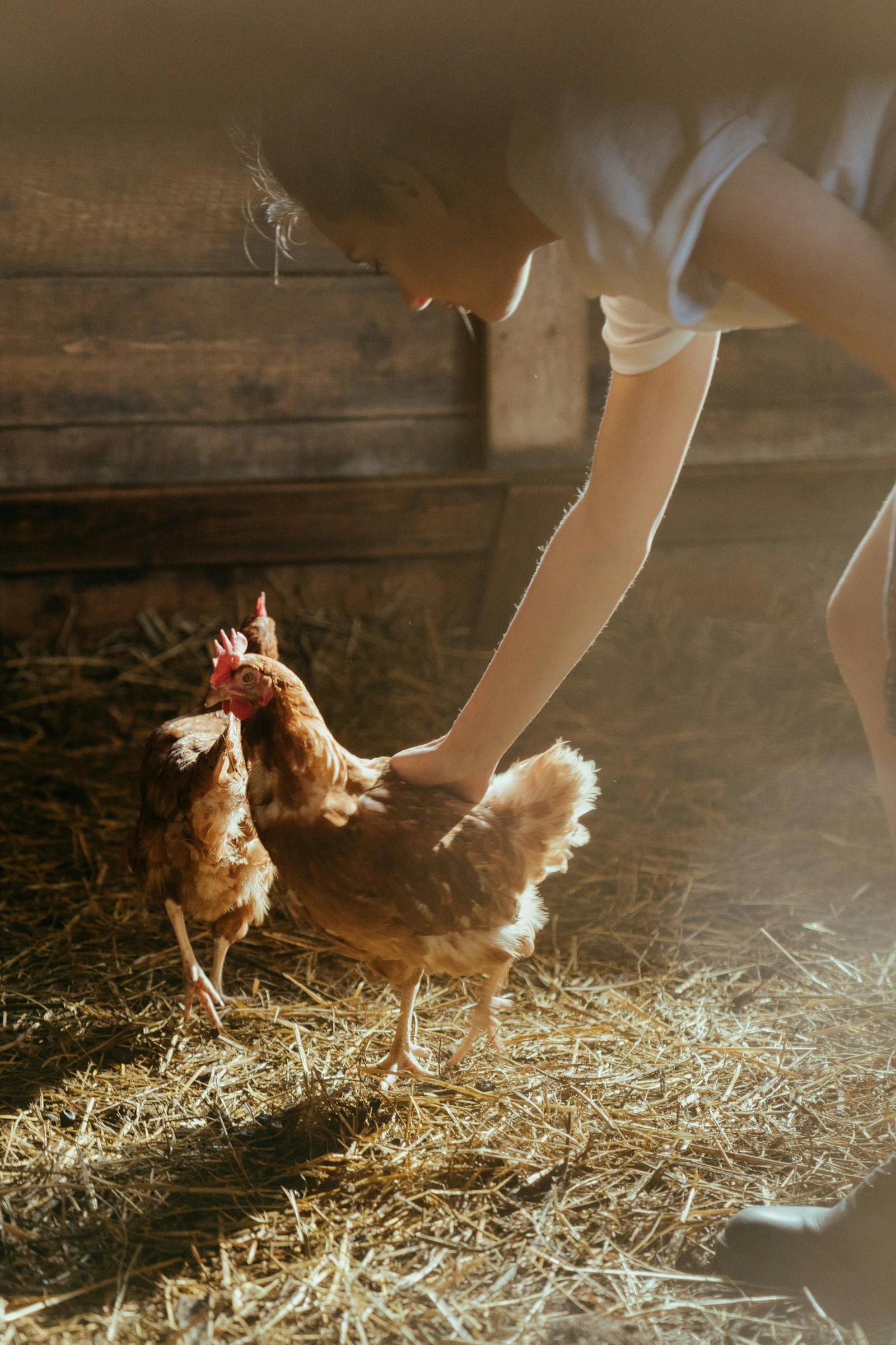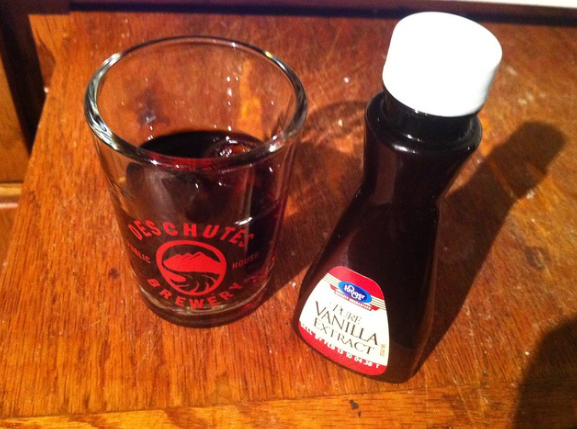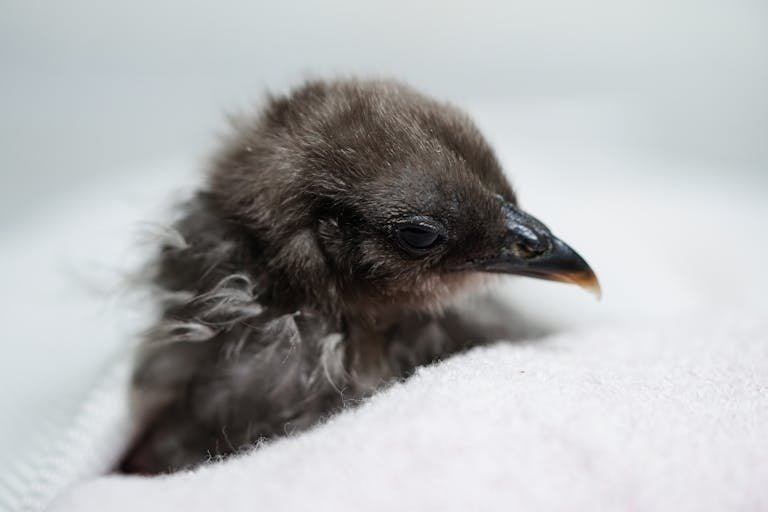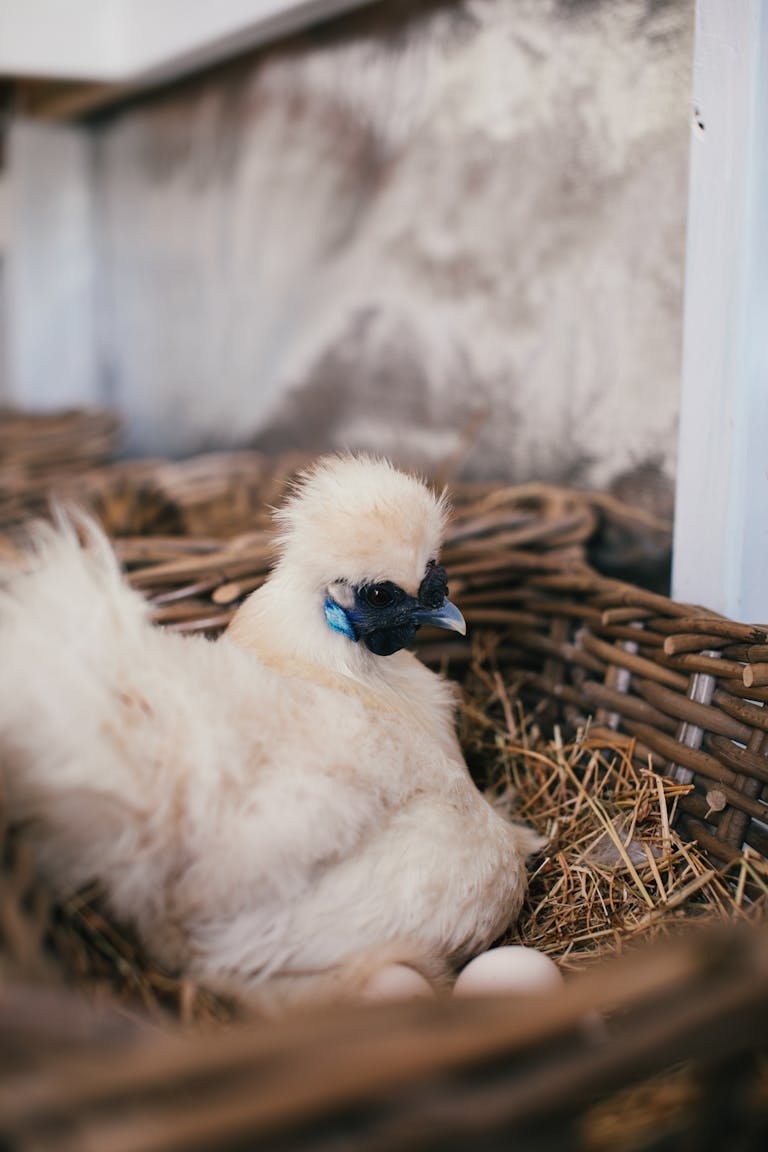Save Your Chickens Now! Cure Infectious Coryza Fast

Infectious coryza is a disease that is caused by bacteria with special preference for the respiratory system of chickens. It is a curable disease, nonetheless, it has grievous effects on the flock’s health and productivity, which why many poultry farmers seek to prevent the disease at all costs. In this guide you will learn How to Treat Infectious Coryza in Chickens, what causes it, how to treat it, and how to prevent the disease from affecting your chickens and the rest of your flock.
What is Infectious Coryza?
Infectious coryza is an acute, highly contagious disease that affects chickens and other poultry and is caused by the bacterium Avibacterium paragallinarum. The infection is common and can quickly spread through contact with affected birds or equipment and feed and water sources. The disease is more prevalent in places where birds are many such as commercial places like commercial farming but it also affects places with back yard flocks of birds.
Symptoms of Infectious Coryza
Infectious coryza is known to be facilitated as a contagious disease with diverse symptoms. Here are the common symptoms:
- Nasal discharge: Thin, clear, or thick, colored mucus that can form crusts at the opening of the nostrils.
- Sneezing: Sneezing and head-shaking as the birds attempt to discharge nasal secretions and other blocked airways.
- Swelling of the face: Most of the time around the eyes and wattles which look swollen and getting more puffy with time.
- Decreased egg production: Infected hens often show a sharp decline in egg production.
- Loss of appetite: This condition is characterized by lack of feed and water intake hence causing weight loss in affected chicken.
- Difficulty breathing: Difficulty in breathing especially coming in puffs or wheezing.
These signs may manifest in a acute form and the severity of such changes depends on the type of bacteria, the level of health in the chicken, and environmental conditions.
Read Also: Do Chickens Eat Their Poop?
Treatment Methods for Infectious Coryza
Once infectious coryza has been diagnosed, it’s essential to act quickly to minimize the impact on your flock. Here are the primary treatment methods.
1. Antibiotics
Antibiotics are the basis of treatment for the infectious coryza. In the case of pneumonia, proper use of the right antibiotic can help ease the condition and in some instances cut the duration it takes for one to recover.
- Common Antibiotics:
- Erythromycin: A potent antibiotic commonly used to treat pneumonia and the usual respiratory tract infections in poultry.
- Oxytetracycline: Shares same characteristics as the injectable erythromycin; used for the treatment of bacterial infections in chickens.
- How to Administer:
- Drinking Water: Many antibiotics can be dissolved in the drinking water to which the flock will have access and, thus, all the birds will be treated. It is equally important to use the medicine as prescribed by the veterinarian when it comes to the dosage and the periods that the treatment will last.
- Feed: It has also been known for producers to supplement the feed with antibiotics, to make sure that the animals consume them.
- Duration of Treatment: The duration will depend on the severity of the infection and the specific antibiotic used. Typically, treatment lasts from 5 to 10 days, but always follow your vet’s guidance.
2. Supportive Care
As much as infectious coryza can be treated with antibiotics, supportive care is critical in management of the disease.
Hygiene
Hygiene plays a very crucial role in the non- transmission of the disease within the flock you possess .
- Disinfect the Coop: They need to clean the chicken coop regularly and disinfect it from time to time. Carpets, bedding, soft materials, feeders, waterers, nesting boxes, and perches must be cleaned and disinfected.
- Sanitize Equipment: Feeding troughs, watering troughs, and any accessories should be washed at an equal rate to lessen the chance of being affected again.
Nutrition
Good health of the birds means that their immune system is strong, hence helps the chick in question to recover as soon as possible.
- Clean Water: Avian always needs fresh clean water so let your chickens get this at all times. Dehydration can exacerbate symptoms.
- Quality Feed: Feed your flock with balanced and qualitative food that will enable them to receive all the body nutrients that they require. Additionally, taking vitamins and electrolyte supplements during and after the training session is also advisable.
Stress Reduction
Chronic stress impairs a bird’s immune surveillance thus increases its susceptibility to infections and slows down rate of recovery.
- Minimize Disturbances: Keep the environment calm and avoid introducing new chickens or making changes to the flock during an outbreak.
- Isolation of Sick Birds: To reduce the disease’s spread to other non-infected chickens, those affected by the sickness should be quarantined. Put them in a warm, dry, quiet place of their own where they can get some sleep and get over their distress.
3. Vaccination
One can prevent infection of infectious coryza through vaccination in their flock.
- Available Vaccines: Infectious coryza has vaccines that are used to immunize chickens against the disease and these include the following; These vaccines are usually given before the disease surges and are best utilised in a comprehensive health care plan.
- Consult Your Veterinarian: The vaccination regimes can be different depending on the region, the particularly circulating Avibacterium paragallinarum strain, and the flock size. Always seek veterinary advice to determine the most appropriate vaccination schedule.
Prevention of Infectious Coryza
It is always easier to prevent infectious coryza than to treat it after it has spread its roots deep into the fowl’s systems. If the biosecurity measures and the hygiene standards are put into practice, then there are fewer chances of an outbreak in the flock.
1. Biosecurity Measures
Bio-security means measures put in practice to avoid introduction and progression of infections to poultry birds. When it comes to infectious coryza, first line of defense is having a good biosecurity plan in place.
- Limit access: Minimally allow only those employees who have business with the poultry area to visit the area. This minimizes the risk of transferring bacteria from outside sources and probably from people as well.
- Footbaths and sanitation stations: Set up footbaths at the entrance of your chicken coop and require anyone entering to disinfect their shoes. Hand sanitizers should also be available to prevent contamination.
- Quarantine new birds: New birds should always be isolated so that they should not mix with the other birds for at least two weeks. This also gives a chance for diseases such as the infectious coryza to manifest themselves before firm action can be taken.
2. The All-in/All-out System
The all-in/all-out system is a management practice that can reduce the risk of disease spread within your flock. This system involves introducing a new flock all at once and removing them all at the same time. This reduces the continuous exposure to potentially infected birds.
- Coordinated flock management: By keeping birds of the same age group together, you minimize the chances of older, possibly infected birds spreading disease to younger, more vulnerable chickens.
- Reduced disease spread: When birds are removed all at once, it gives you the opportunity to clean and disinfect the entire coop thoroughly before introducing a new flock.
3. Ventilation
Good ventilation in the chicken coop is essential for preventing respiratory diseases like infectious coryza. Proper airflow helps reduce the buildup of moisture and ammonia, both of which can exacerbate respiratory problems.
- Proper airflow: Ensure that your chicken coop has adequate openings for fresh air to circulate while preventing drafts. During colder months, use ventilation systems that allow for air exchange without causing a drop in temperature.
- Moisture control: Humidity and dampness can create a breeding ground for bacteria. Regularly check for any leaks in the coop and ensure that the bedding remains dry.
4. Cleanliness
Maintaining a clean and dry environment in your chicken coop is crucial for preventing infectious coryza. Regular cleaning and sanitization reduce the risk of bacteria spreading within your flock.
- Daily maintenance: Perform daily checks of the coop, ensuring that waterers are clean, and that there is no buildup of manure or other waste.
- Deep cleaning: Schedule deep cleanings periodically, where all equipment is thoroughly washed and disinfected, and bedding is replaced entirely.
Read Also: How Much Space Do Chickens Need?
Closing Words
Poultry keepers should be worried about infectious coryza as this is a debilitating disease that can affect your flock massively IF you do not take necessary precautionary measures. A radical approach to managing an outbreak involves identifying a breakout early enough, treatment with antibiotics, and cases of support as and when needed. However, prevention should always remain a priority. Being keen, by observing the following biosecurity measures, good ventilation and cleanliness of the chicken house, the chances of the bird getting infectious coryza will be very minimal, hence improving its productivity.
Remember it is always important to consult your vet for personal and individual means to prevent and treat the diseases. Thus, with preventive measures involved, the welfare of the chicken will be well taken care of in the course of the long-run.





